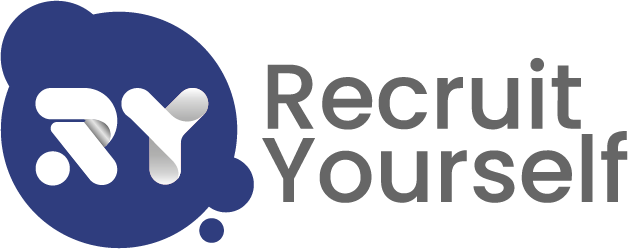Introduction
In an era of rapid technological advancements and evolving industries, the idea of a single, linear career path has become a relic of the past. Whether you’re seeking new challenges, pursuing a passion, or responding to shifts in the job market, embarking on a career change is a brave and rewarding endeavour. This guide is designed to help you navigate the complexities of making a successful career change in 2024.
Section 1: Assessing Your Current Situation
Reflect on Motivations
Before diving into the world of change, take a moment to reflect on your motivations. Are you seeking greater fulfillment, better work-life balance, or a new challenge? Understanding your driving force will guide your decisions throughout the process.
Self-Assessment
Conduct a thorough self-assessment to identify your skills, interests, values, and strengths. This introspective journey will provide a solid foundation for the decisions ahead.
Section 2: Researching New Paths
Explore Options
Delve into potential career paths that align with your goals. Leverage informational interviews, online resources, and networking events to gain insights into various industries and professions.
Industry Trends
Stay ahead of the curve by researching current industry trends. Identifying sectors with growth potential can influence your decision-making and position you for success in the years to come.
Section 3: Skill Development
Identify Transferable Skills
Recognise the skills from your current role that are transferable to your desired career. Highlighting these skills will make you a more attractive candidate to prospective employers.
Investing in Education
Consider further education, certifications, or workshops to acquire any additional skills required for your target industry. Upskilling is a crucial aspect of a successful career transition.
Section 5: Crafting a Compelling Resume and Cover Letter
Highlighting Transferable Skills
Tailor your resume and cover letter to emphasise the transferable skills that make you a strong candidate for your new career. Showcasing relevant experiences will capture the attention of potential employers.
Addressing Career Change in Cover Letter
Be transparent about your career change in your cover letter. Frame it as a positive decision driven by a desire for growth and learning.
Section 6: Preparing for Interviews
Anticipating Questions
Prepare for common interview questions and be ready to articulate how your unique background and skills make you an ideal fit for the new role.
Showcasing Adaptability
Highlight your adaptability and eagerness to learn. Employers value candidates who demonstrate a willingness to embrace change and growth.
Conclusion
Embarking on a career change in 2024 is a journey that requires patience, determination, and resilience. As you navigate through this process, remember that success is a result of continuous effort and a commitment to your personal and professional development. Embrace the challenges, celebrate the victories, and most importantly, trust the journey.










